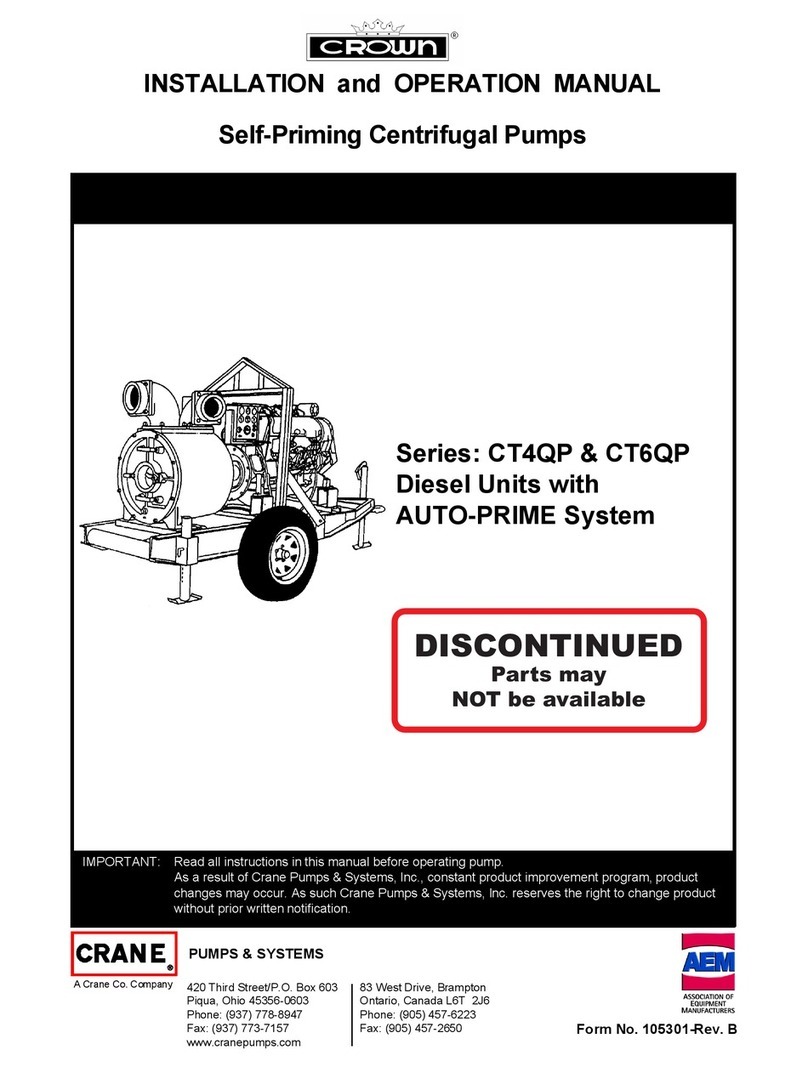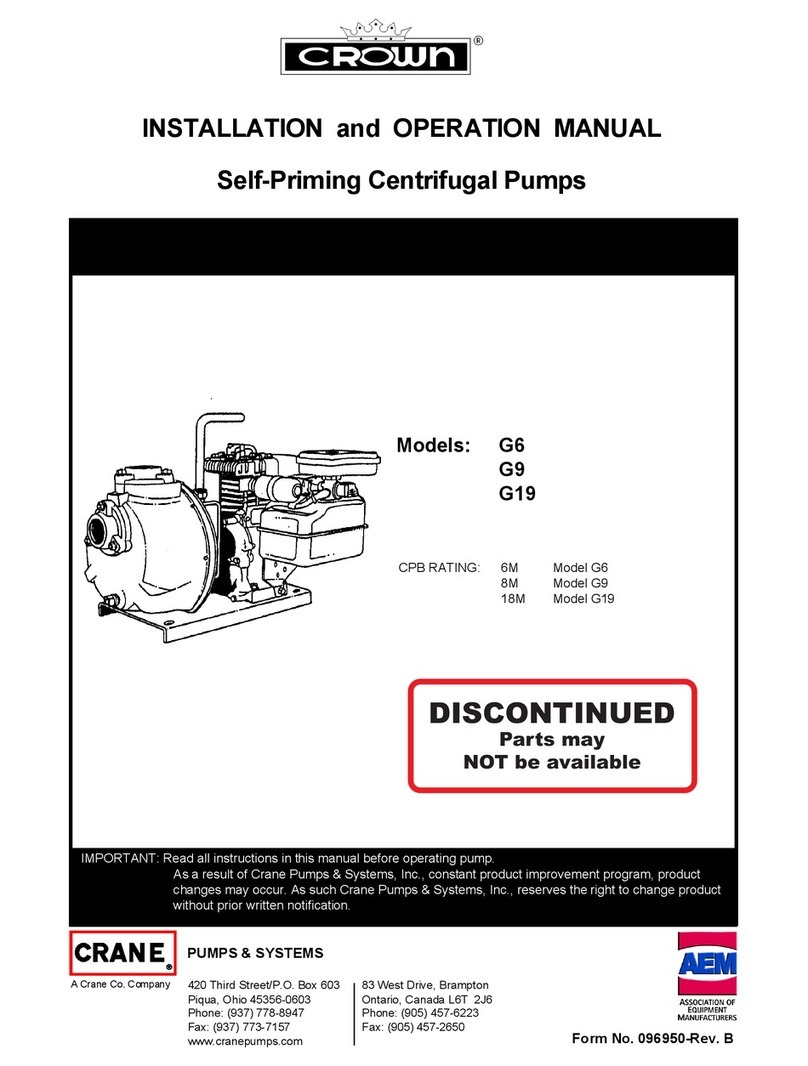
10
English
•Do not touch the plug or the socket with wet hands�
•Check the power cable and the plug for damage be-
fore operation� Do not operate the appliance in case
of a damaged plug or a power cable� Contact our cus-
tomer service or a skilled electrician�
•If an extension cord is used, its power plug, socket,
and power cable shall be totally enclosed, splash-
proof, and suitable for outdoor use� Lay the extension
cable so that it cannot get into the pumped liquid�
•Make sure that the power cable and the extension
cords are not damaged by tripping-over, crushing,
stretching, etc� Protect power cables from heat, oil
products, and damages from sharp edges�
•When performing any service or maintenance,
switch the appliance off and disconnect the power plug
from the socket�
•Always switch off the mains disconnecting switch
when leaving the appliance unattended�
•Unsuitable extension cords may be dangerous� Only
approved for use and appropriately marked extension
cords with a sufcient wire cross-section may be used
outdoors:
•cable length: 1-10 m, cross-section: 1,5 mm2;
•cable length: 10-30 m, cross-section: 2,5 mm2;
•cable length: 30-50 m, cross-section: 4 mm2�
•Always reel out the cable completely to avoid a re
outbreak resulting from cable overheating�
Safe operation instructions
•Only use the appliance as intended� When operat-
ing the appliance, follow local regulations with due ac-
count for other people nearby�
•Appliance operation by children is strictly prohibited�
Do not allow children to play with the appliance�
•The appliance can only be used by persons who un-
derwent relevant operation training�
•Appliance operation by persons (including children)
with limited physical, sensitive, or mental capacities
is strictly prohibited, unless they are supervised or in-
structed on appliance operation by the person(s) re-
sponsible for their safety�
•When working with the appliance, the user is re-
sponsible for third parties�
•It is strictly prohibited:
•to turn on the appliance before it is immersed in
water, or to let the appliance work without water;
•to immerse the appliance in water deeper
than 7 m;
•to pump chemically aggressive, explosive, am-
mable liquids, as well as fats, oils, salty water, drains
from latrines and urine collectors;
•to pump water containing solid particles (sand,
stones, etc�), the size and content of which exceeds
the values indicated in the data sheet;
•to block the pressure hose during operation of the
appliance;
•to allow blocking of the appliance's suction open-
ings;
•to pump water, the temperature of which ex-
ceeds 35°С;
•to use the appliance for a long time without inter-
ruptions (for example, as a fountain)�
If the appliance malfunction is caused by
the above actions, the user's right for a
warranty repair is void.
•When using in swimming pools and ponds, as
well as in their protective areas, the provisions of the
DIN VDE 0100-702 standard must be observed� The
local regulations must also be observed�
It is strictly forbidden to pump out the
water reservoirs (pools, ponds) if there
are people in them.
•Do not direct a water jet on other electrical equip-
ment, conductive surfaces, people or animals! Danger
for life due to risk of electric shock!
•The appliance is not suitable for pumping drink-
ing water or liquids that are planned to be consumed
(wine, milk, etc�)�
•The appliance must not be used at temperatures
below 0°C�
•For the model CT35046F - make sure that there
is enough space for normal operation of the oating
switch (the switch can go down and up freely, does not
cling to the walls of the tank, etc�)�
Service of appliances
Your power appliance should be serviced only by qual-
ied specialists, with the use of recommended spare
parts� This will guarantee labour safety, when your ap-
pliance is being applied�
Symbols used in the manual
Following symbols are used in the operation manual,
please remember their meanings� Correct interpreta-
tion of the symbols will allow correct and safe use of
the appliance�
Symbol Meaning
Serial number sticker:
CT ��� - model;
XX - date of manufacture;
XXXXXXX - serial number�
Read all safety regulations
and instructions�
Disconnect the appliance
from the mains before instal-
lation or adjustment�
Do not let water freeze in-
side the appliance�
Movement direction�
Rotation direction�





























